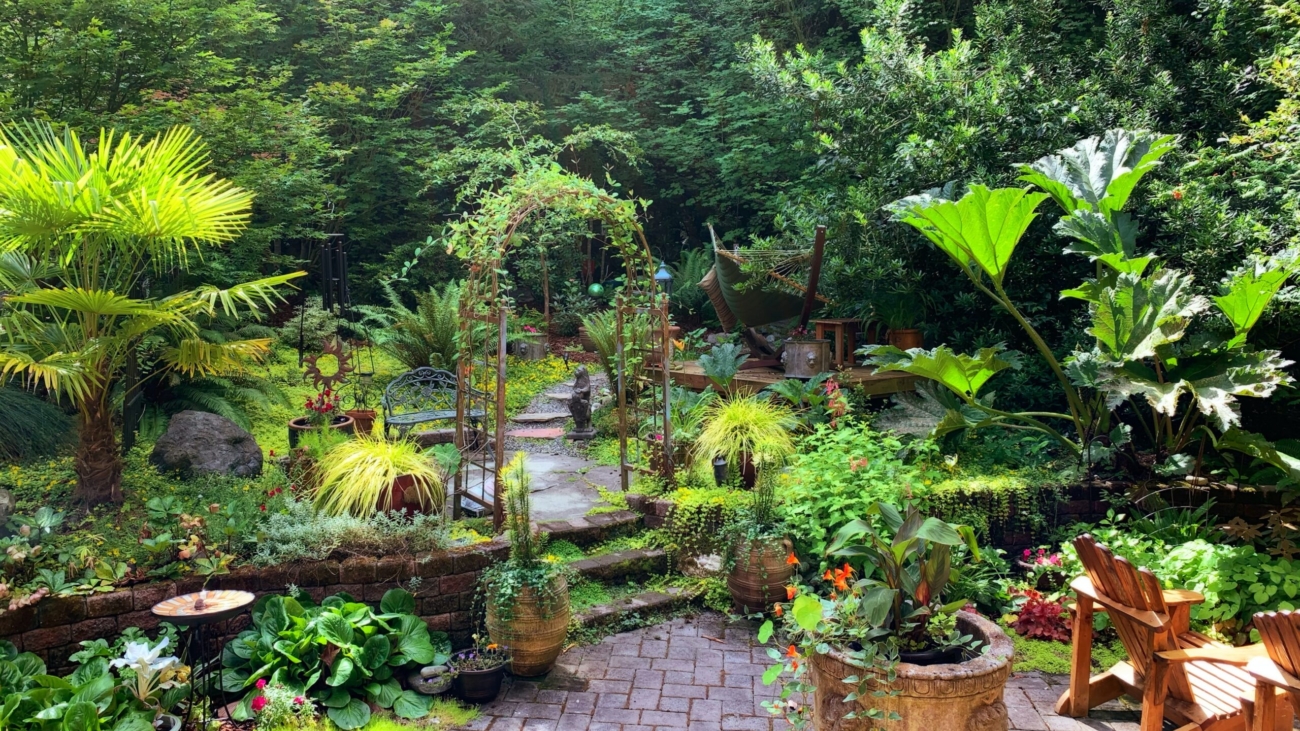As the weather warms up, there’s nothing quite like spending time in your garden or outdoor space. But what if your backyard is far from peaceful and relaxing? If you’re looking to transform your lackluster yard into a serene oasis, we’ve got some great design tips for you! With our suggestions, you’ll be able to create an inviting atmosphere that will make you want to spend all of your free time outdoors. So grab a cup of tea (or something stronger) and get ready to turn your garden into a tranquil haven.
How to Decorate Your Garden for a Relaxing Outdoorspace
If you want to create a relaxing outdoor oasis in your yard, there are a few things you can do. One of the most important pieces of decorating advice is to use calming colors and plants. Use light materials and low-pile textures to minimize distraction while letting sunlight stream through. Here are some tips on designing a tranquil garden:
Use natural materials, like stone or cedar, in place of artificial décor.
Consider using lots of plants that help you feel calm, like daisies or lavender.
Design seating areas with plenty of cushioning so you can relax and enjoy your space.
Install solar panels or motion sensors to adjust the lighting as necessary for optimal mood lighting.
Create a water feature to add visual and acoustic amenities.
Tips for Using Outdoor Plants in Your Garden
There’s something special about stepping into a garden that was carefully planned and executed; it provides a sense of calm and peace. If you want to create an outdoor oasis that is both relaxing and beautiful, here are some tips for using plants in your garden:
1. Start with a basic plan. Before you start adding plants, first sketch out your layout on paper or in virtual reality so that you know what areas will need extra attention, and how much groundcover each plant will require. Once you have this overview, you can begin to fill in the details with landscaping favorites like drought tolerant sedums, butterfly attracting blooms, or thick foliage plants like bamboo.
2. Use low maintenance plants. Not all plants need constant watering or fertilizer; many are great alternatives for those who are looking for a low-maintenance way to brighten up their garden space. Some perennial flowers like coreopsis or matriarchs such as hostas can live for years without any additional care beyond regular deadheading (removing old flower stalks). When selecting smaller plants for use in containers, keep in mind that they will require water more often but will also occupy less space than taller specimens; choose varieties like ferns or cryptomeria which spread by means of underground rhizomes rather than by sending up new stems high into the air!
3. Consider using wild counterparts of common garden species. Many of our favorite plants come from climates that are too cold or too hot for most of us to grow them indoors, so why not use plants that mimic their natural counterparts outdoors? For example, showy daffodils are a great substitute for lilies in a warmer zone, and Iceland moss is an excellent groundcover choice for shady areas.
4. Let your imagination run wild. When it comes to garden plants, the sky’s the limit! There are endless possibilities for combining different varieties of plants in unexpected ways, or using plants that you don’t typically see in gardens but that can add an interesting flair (like miscanthus or Ludwigia) or essential nutrients (such as lavender). To get started, consult plant catalogs or online grower directories to find inspiration.
How to Add Luxurious Materials to Your Garden
The best way to add luxurious materials to your garden is by using plants that can grow in difficult soil conditions. One perennial plant that can be used in a variety of ways is lavender. Lavender can help calm nerves and promote relaxation, making it the perfect addition to a garden that is intended to provide peace and solace.
Lavender can also be used as an effective deterrent against mosquitoes and other pests. To create a mosquito-free oasis in your garden, mix 6 tablespoons of lavender oil with 1 gallon of water and pour the mixture into a spray bottle. Mist the area around your plants every few hours during the height of summer when mosquitoes are most active.
Tips for Making your Garden a Peaceful Place
Gardening can be a peaceful and therapeutic experience, but it’s easy to let the garden turn into a noisy, hectic oasis. To make your garden into a calming oasis, follow these tips:
1. Choose Garden furniture that is comfortable and fits the design of your garden. If you’re incorporating plants from diverse climates, make sure your seating is smoothly adjustable to accommodate changing temperatures.
2. Orientate gardens towards wildlife habitat – place trees and flower beds away from busy sidewalks or entrances so animals have plenty of open space to forage.
3. Consider using low water-consuming plants that will help keep soil evenly moist without needing frequent watering. Many groundcover lawns are low-water growers as well!
4. Add calming sounds – soft music, flowing fountain spray, or nature sounds can help to create an immersive experience for visitors. Ultrasonic machines emit sound waves below 20 kHz that are not heard by humans but can be soothing to animals and birds.
Conclusion
Transform your garden into a tranquil oasis with these design tips. By implementing some simple changes, you can create an outdoor space that is both relaxing and beautiful. Whether you want to create a calm zone for daily meditation or simply appreciate the beauty of nature, following these tips will help you achieve your goal. So go ahead and indulge in some relaxation this spring, and enjoy the transformation unfold before your eyes!

